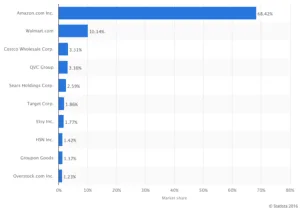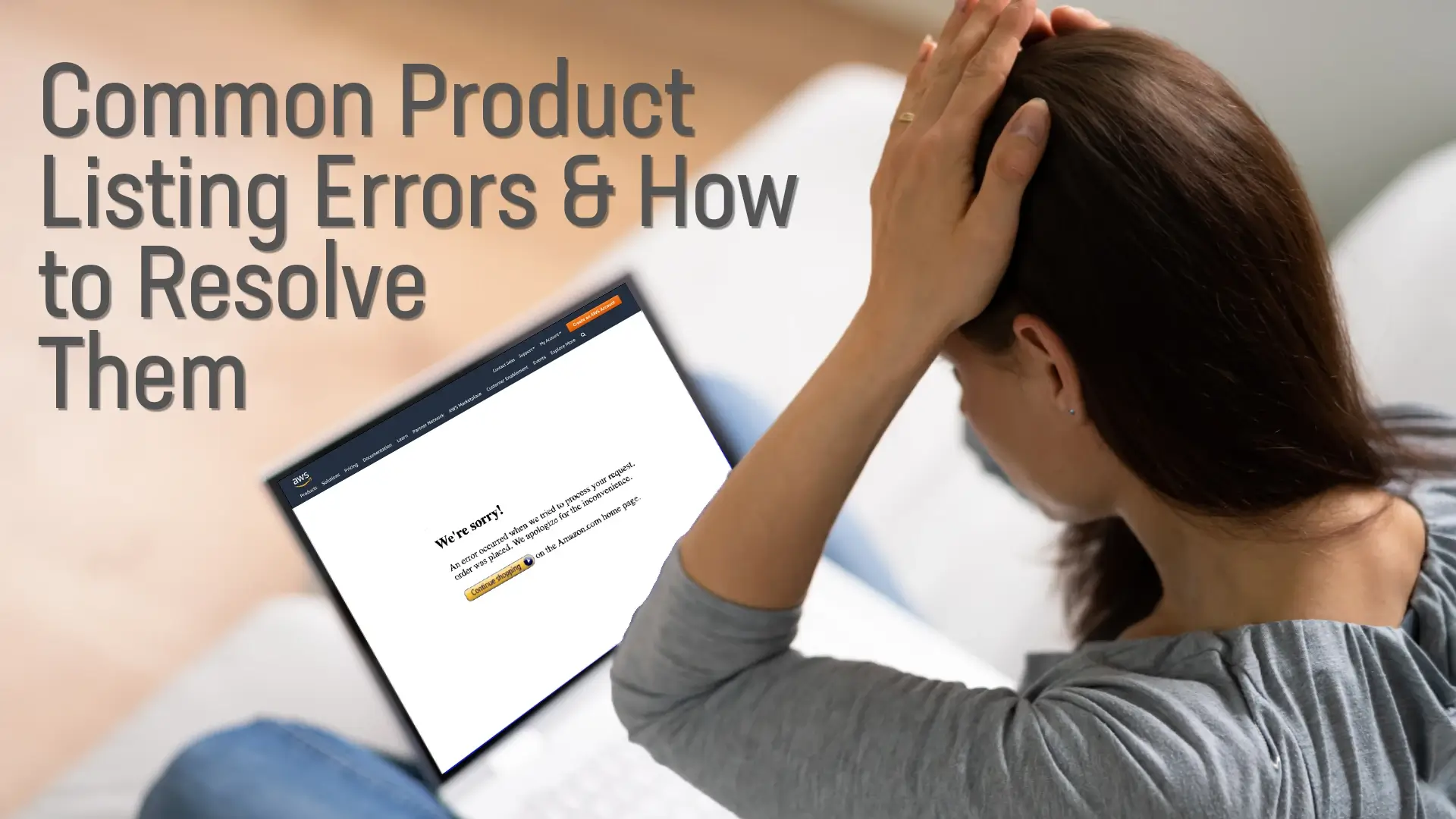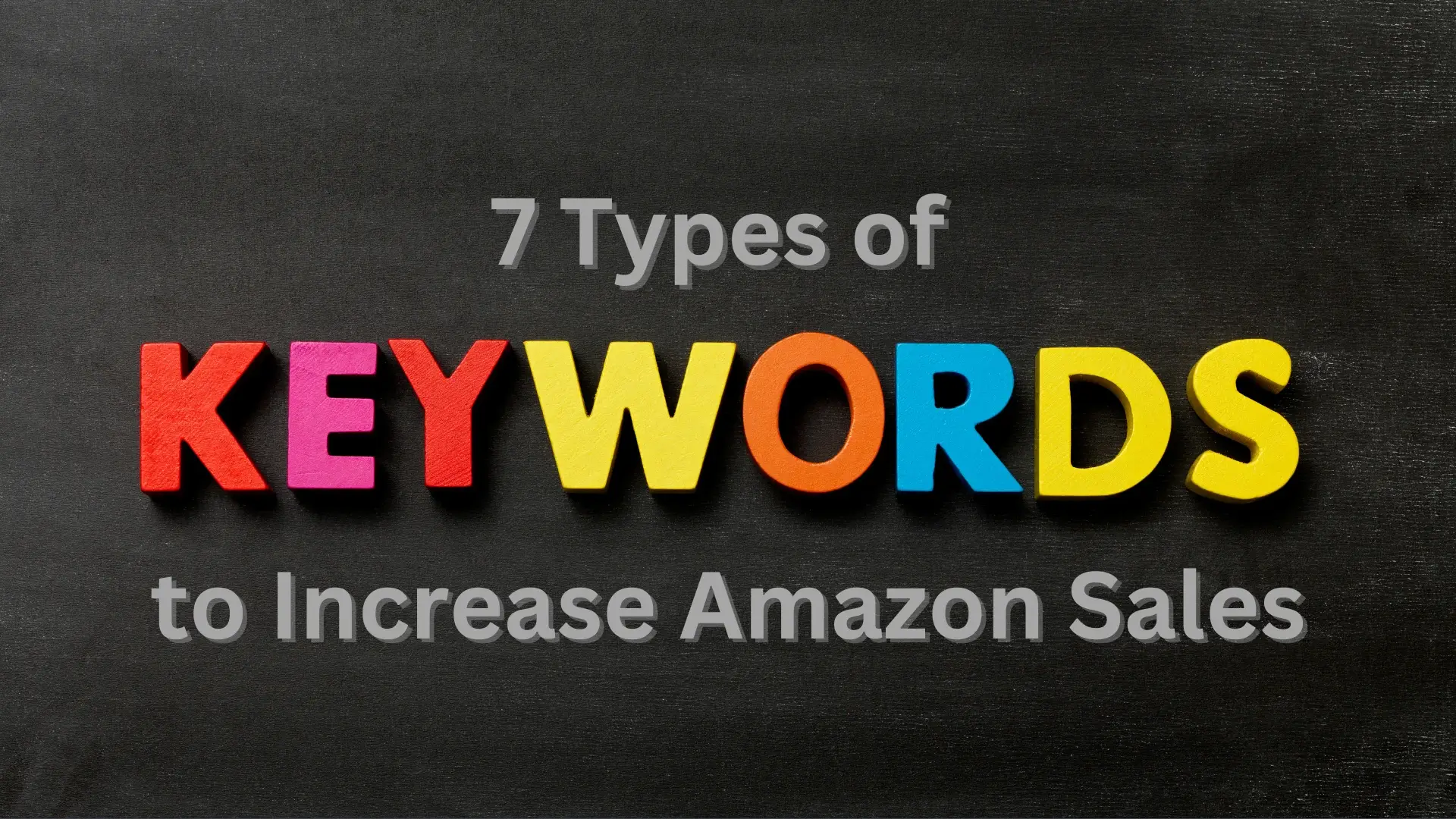Amazon’s market share was a whopping 68% among leading mass merchant e-retailers in the United States during 2015. Walmart took second place, with a mere 10%, according to Statista. To put Amazon’s enormity into perspective, the retail giant’s warehouses have more square footage than 700 Madison Square Gardens and could hold more water than 10,000 Olympic Pools!

We all know that Amazon is the online marketplace. Yet, most people ignore a simple yet critical fact: similar to Google, Amazon is a search engine.
Even Google recognizes Amazon as a force to be reckoned with. Eric Schmidt, Executive Chairman at Google, commented, “Our biggest search competitor is Amazon. People don’t think of Amazon as a search, but if you are looking for something to buy, you are more often than not looking for it on Amazon…” Amazon gets three times more product searches than Google. Think about it: when you’re searching for a product, whether it be a phone charger or an HDTV, where do you typically end up? Amazon.
Once we interpret Amazon as a massive search engine, we can start to understand the importance of Amazon SEO. Learning how to rank on Amazon can put you in front of the millions of ready-to-buy shoppers on Amazon…far more than you’d ever find on Google!
An Introduction to Amazon’s Search Algorithm
Amazon’s product search algorithm is produced by an Amazon subsidiary known as A9. According to the A9 website, calculating search results starts well before a customer even touches the keyboard. A9 analyzes data, observes past traffic patterns, and indexes the text describing every product before a shopper ever runs a search. “As soon as we see the first keystroke, we’re ready with instant suggestions and a comprehensive set of search results.”
A9’s goal is to make it seem like the search is reading the shopper’s mind. Broken down, the process is quite simple:
- Determine relevant search results for a customer’s query.
- Score those results to present the most relevant results to the user.
In the past, A9 drove keyword ranking for a product largely through the keyword which that sale was driven through. Back then, there would be little attribution for any other keyword associated with the product. For example, if a customer searched “travel pillow,” clicked, and then bought the product, Amazon would attribute the sale to that keyword and give a boost for “travel pillow,” but not necessarily for “neck pillow” or “u-shaped pillow.”
A9 is continually making changes based upon human judgments, programmatic analysis, key business metrics, and performance metrics. This past spring, Amazon implemented a pretty major update to A9, making it so that EVERY keyword in your product’s title at the time of sale is fair game to receive a boost in keyword ranking!
If all words in your listing, especially those in your title, are taken into consideration during a sale, it’s more important than ever to have an optimized listing!
Optimizing Your Listing to Rank in Amazon’s Search Engine
When it comes down to it, every aspect of your listing should be impeccable. Over the past two and a half years, we’ve launched over 13,000 products and have crafted hundreds of listings, whose combined sales surpass $100 million in sales annually. With each listing we promote, we track multiple keywords, which provides us with a huge amount of data and insight! So, what makes a listing stand out in the eyes of both shoppers and Amazon’s algorithm? A listing that includes a title, bullet points, and a product description that are all keyword-optimized, informative, and concise.
Keyword Optimized
When achieving keyword ranking, sales are king. But, you must properly integrate important keywords to achieve sales, especially in your title. Ranking for keywords is largely dependent on a product’s title. It’s crucial to place as many high-volume, relevant keywords in your title as possible. You’ll see far greater ranking attribution with keywords in the title versus anywhere else in the listing, as Amazon’s algorithm allows you to rank much easier for these keywords. Under normal conditions, it is even likely to outrank top sellers for an important keyword if you’ve included that word in your title and they are missing it!
You also must make sure that you’re indexed for as many keywords as possible, even more obscure ones, if you have the room. We’ve seen where a seller will run a launch for a specific target keyword that they are not indexed for, and then they don’t even show up as a search result.
A simple way to check if you’re indexed for a specific keyword is to search “ASIN keyword,” for example, “B006416DVC travel mug.” If the listing shows up, then it’s indexed. If not, then you need to add that keyword somewhere within your listing. You don’t want to miss out on sales simply due to a lack of keyword research! For example, if the word “women” was not present in your listing, your listing may not show as a result when a shopper searches for “sunglasses for women.”
Unlike Google, Amazon does not provide a keyword tool to help sellers determine valuable keywords for a specific product. Amazon also does not share keyword data with its merchants, making optimization difficult. In order to find relevant keywords for your listing, use a combination of keyword research tools and check out similar products on Amazon and Jet.com. Take a look at the top sellers, and use what is working well as a guide. Spend time doing research and take this step seriously! Without a keyword-optimized listing, your product will be buried in the algorithm. And sadly in that case, you might as well kiss your investment goodbye.
Informative and Concise
An informative, concise listing drives conversions. And once your product is ranking, it’s all about conversions. Your content should be written in a way that convinces potential customers that your product is exactly what they are looking for.
Informative copy paints a picture with words, accurately describing the product’s features and uses. You want to use this space to showcase the benefits of your product. What special features does your product have? What are the benefits to owning your product? What sets your product apart from similar ones? You should have a good understanding of your target customer, so use this as an opportunity to address any initial concerns they may have.
Concise copy helps a shopper quickly understand why your product is a perfect fit. Many shoppers don’t want to spend too much time reading, so it’s important that you get right to the point. While you want to make sure to thoroughly explain your product, you want to make the reading of the content as effortless as possible. And, although you want to use as many keywords as possible, you don’t want to come off as incredibly redundant. It can be a turnoff to buyers.
As our CEO, Casey, puts it, “Truly great listings are able to synergistically marry keywords with sales-inducing language.” And that’s the key, folks: an incredible blend that is sure to take your listing to the next level.






